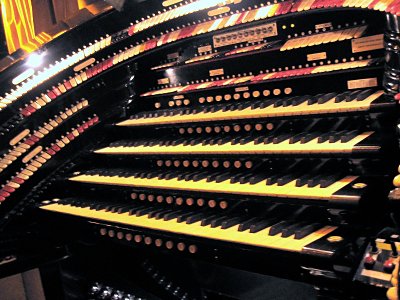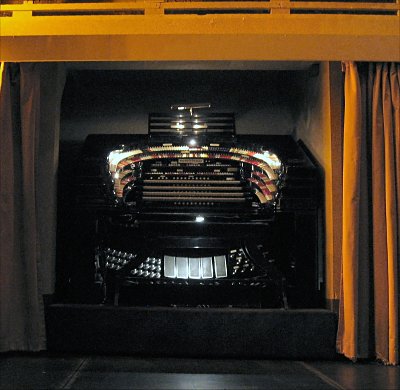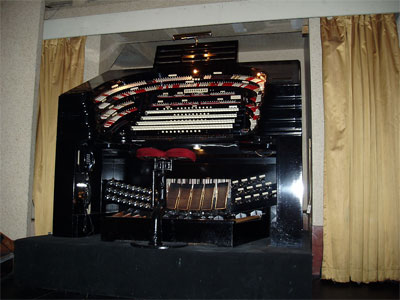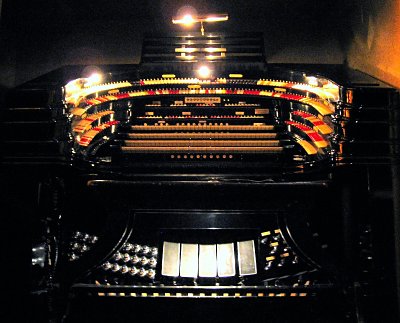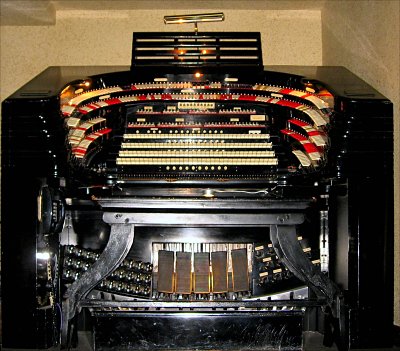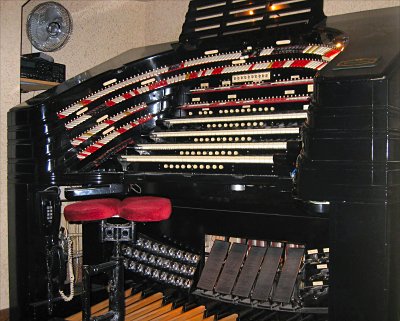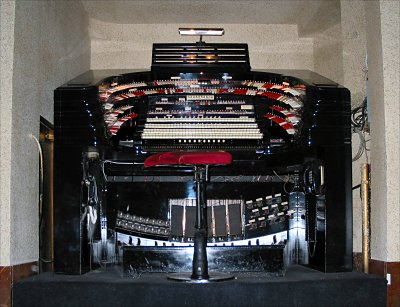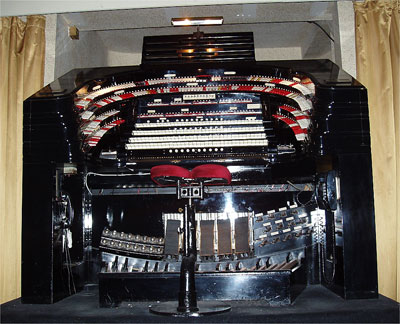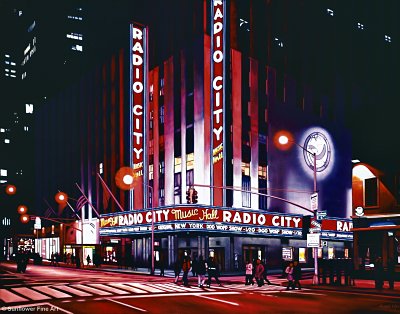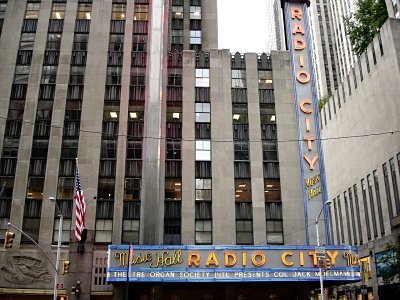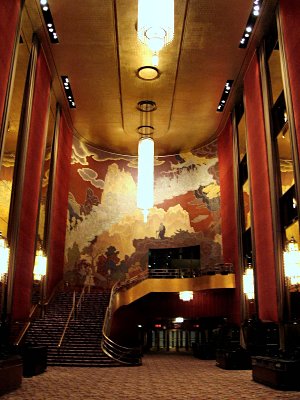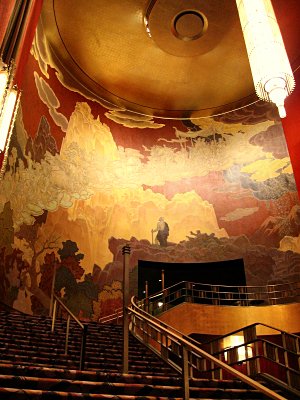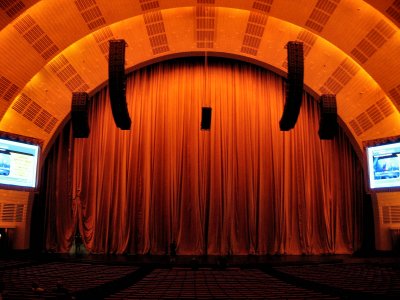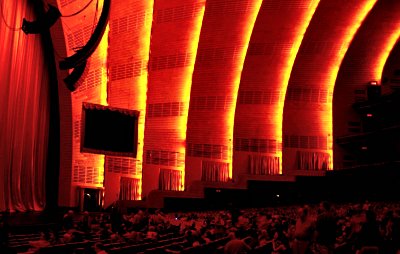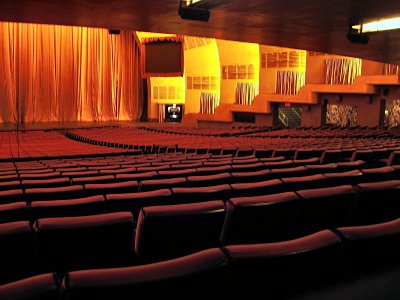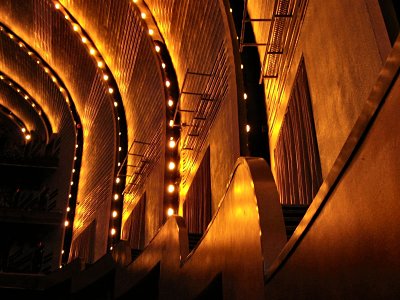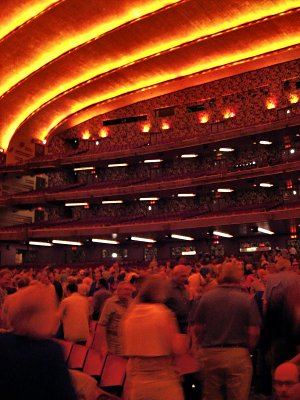
|
|
4/58 Mighty WurliTzer
|
|||||||||||||||||||||||||||||||||||||||||||||||||||||||||||||||||||||||||||||||||||||||||||||||||||||||||||||||||||||||||||||||||||||||||||||||||||||||||||||||||||||||||||||||||||||||||||||||||||||||||||||||||||||||||||||||||||||||||||||||||||||||||||||||||||||||||||||||||||||||||||||||||||||||||||||||||||||||||||||||||||||||||||||||||||||||||||||||||||||||||||||||||||||||||||||||||||||||||||||||||||||||||||||||||||||||||||||||||||||||||||||||||||||||||||||||||||||||||||||||||||||||||||||||||||||||||||||||||||||||||||||||||||||||||||||||||||||||||||||||||||||||||||||||||||||||||||||||||||||||||||||||||||||||||||||||||||||||||||||||||||||||||||||||||||||||||||||||||||||||||||||||||||||||||||||||||||||||||||||||||||||||||||||||||||||||||||||||||||||||||||||||||||||||||||||||||||||||||||||||||||||||||||||||||||||||||||||||||||||||||||||||||||||||||||||||||||||||||||||||||||||||||||||||||||||||||||||||||||||||||||||||||||||||||||||||||||||||||||||||||||||||||||||||||||||||||||||||||||||||
|
This month's featured organ is the largest WurliTzer Theatre Pipe Organ to ever leave the Tanawanda Factory in New York, the 4/58 Mighty WurliTzer Opus 2179 built in 1932 with an electro-pneumatic action, two identical consoles each having four manuals, and fifty-eight ranks of pipes. This gigantic instrument is installed at the legendary Radio City Music Hall in New York City, New York. It is the fifty-third instrument to be featured at Walnut Hill. The photographs and videos in this article were provided by the illustrious Colonal Jack Moelmann unless otherwise noted. The photos are from his Picasa collection and the videos are from his YouTube page. The organ was featured in the August Issue of the Walnut Hill Gazette. |
|||||||||||||||||||||||||||||||||||||||||||||||||||||||||||||||||||||||||||||||||||||||||||||||||||||||||||||||||||||||||||||||||||||||||||||||||||||||||||||||||||||||||||||||||||||||||||||||||||||||||||||||||||||||||||||||||||||||||||||||||||||||||||||||||||||||||||||||||||||||||||||||||||||||||||||||||||||||||||||||||||||||||||||||||||||||||||||||||||||||||||||||||||||||||||||||||||||||||||||||||||||||||||||||||||||||||||||||||||||||||||||||||||||||||||||||||||||||||||||||||||||||||||||||||||||||||||||||||||||||||||||||||||||||||||||||||||||||||||||||||||||||||||||||||||||||||||||||||||||||||||||||||||||||||||||||||||||||||||||||||||||||||||||||||||||||||||||||||||||||||||||||||||||||||||||||||||||||||||||||||||||||||||||||||||||||||||||||||||||||||||||||||||||||||||||||||||||||||||||||||||||||||||||||||||||||||||||||||||||||||||||||||||||||||||||||||||||||||||||||||||||||||||||||||||||||||||||||||||||||||||||||||||||||||||||||||||||||||||||||||||||||||||||||||||||||||||||||||||||||
|
Stop List of the 4/58 Mighty WurliTzer |
|||||||||||||||||||||||||||||||||||||||||||||||||||||||||||||||||||||||||||||||||||||||||||||||||||||||||||||||||||||||||||||||||||||||||||||||||||||||||||||||||||||||||||||||||||||||||||||||||||||||||||||||||||||||||||||||||||||||||||||||||||||||||||||||||||||||||||||||||||||||||||||||||||||||||||||||||||||||||||||||||||||||||||||||||||||||||||||||||||||||||||||||||||||||||||||||||||||||||||||||||||||||||||||||||||||||||||||||||||||||||||||||||||||||||||||||||||||||||||||||||||||||||||||||||||||||||||||||||||||||||||||||||||||||||||||||||||||||||||||||||||||||||||||||||||||||||||||||||||||||||||||||||||||||||||||||||||||||||||||||||||||||||||||||||||||||||||||||||||||||||||||||||||||||||||||||||||||||||||||||||||||||||||||||||||||||||||||||||||||||||||||||||||||||||||||||||||||||||||||||||||||||||||||||||||||||||||||||||||||||||||||||||||||||||||||||||||||||||||||||||||||||||||||||||||||||||||||||||||||||||||||||||||||||||||||||||||||||||||||||||||||||||||||||||||||||||||||||||||||||
Sources: |
|||||||||||||||||||||||||||||||||||||||||||||||||||||||||||||||||||||||||||||||||||||||||||||||||||||||||||||||||||||||||||||||||||||||||||||||||||||||||||||||||||||||||||||||||||||||||||||||||||||||||||||||||||||||||||||||||||||||||||||||||||||||||||||||||||||||||||||||||||||||||||||||||||||||||||||||||||||||||||||||||||||||||||||||||||||||||||||||||||||||||||||||||||||||||||||||||||||||||||||||||||||||||||||||||||||||||||||||||||||||||||||||||||||||||||||||||||||||||||||||||||||||||||||||||||||||||||||||||||||||||||||||||||||||||||||||||||||||||||||||||||||||||||||||||||||||||||||||||||||||||||||||||||||||||||||||||||||||||||||||||||||||||||||||||||||||||||||||||||||||||||||||||||||||||||||||||||||||||||||||||||||||||||||||||||||||||||||||||||||||||||||||||||||||||||||||||||||||||||||||||||||||||||||||||||||||||||||||||||||||||||||||||||||||||||||||||||||||||||||||||||||||||||||||||||||||||||||||||||||||||||||||||||||||||||||||||||||||||||||||||||||||||||||||||||||||||||||||||||||||
A Closer Look At The Left Console |
|||||||||||||||||||||||||||||||||||||||||||||||||||||||||||||||||||||||||||||||||||||||||||||||||||||||||||||||||||||||||||||||||||||||||||||||||||||||||||||||||||||||||||||||||||||||||||||||||||||||||||||||||||||||||||||||||||||||||||||||||||||||||||||||||||||||||||||||||||||||||||||||||||||||||||||||||||||||||||||||||||||||||||||||||||||||||||||||||||||||||||||||||||||||||||||||||||||||||||||||||||||||||||||||||||||||||||||||||||||||||||||||||||||||||||||||||||||||||||||||||||||||||||||||||||||||||||||||||||||||||||||||||||||||||||||||||||||||||||||||||||||||||||||||||||||||||||||||||||||||||||||||||||||||||||||||||||||||||||||||||||||||||||||||||||||||||||||||||||||||||||||||||||||||||||||||||||||||||||||||||||||||||||||||||||||||||||||||||||||||||||||||||||||||||||||||||||||||||||||||||||||||||||||||||||||||||||||||||||||||||||||||||||||||||||||||||||||||||||||||||||||||||||||||||||||||||||||||||||||||||||||||||||||||||||||||||||||||||||||||||||||||||||||||||||||||||||||||||||||||
|
When Radio City Music Hall was planned in the early 1930s, S. L. Roxy Rothafel, chief of architecture and construction for the hall and its sister Center Theater (at Sixth and 49th), planned to install the largest Theatre Pipe Organ ever built. Legend has it that the Rockefeller board of trustees felt that the most prestigious theatre in the country should have an instrument built by the country's top Theatre Pipe Organ company, so the contract was eventually awarded to the WurliTzer Company of North Tonowanda, New York. Strange as it may seem, the Kimball specification was retained, even though the organ was built by WurliTzer. This may have been the influence of Roxy, but what really transpired is unknown today. Although Kimball built many Theatre Pipe Organs, they never built the pure, thoroughbred beasts that WurliTzer did, and their organs often retained a concert nature. The typical Great division of a Theatre Pipe Organ would contain every available stop except the loudest Reeds, but Radio City's 19-rank Great (house right) resembles Kimball's Concert Pipe Organs, being based on an independent Principal chorus with pitches from 16' up to mixtures. The Orchestral division (also house right) of 23 ranks, contains a secondary Principal chorus, Reeds at 16' and 8', and a String chorus, thus resembling a concert Swell division. |
|||||||||||||||||||||||||||||||||||||||||||||||||||||||||||||||||||||||||||||||||||||||||||||||||||||||||||||||||||||||||||||||||||||||||||||||||||||||||||||||||||||||||||||||||||||||||||||||||||||||||||||||||||||||||||||||||||||||||||||||||||||||||||||||||||||||||||||||||||||||||||||||||||||||||||||||||||||||||||||||||||||||||||||||||||||||||||||||||||||||||||||||||||||||||||||||||||||||||||||||||||||||||||||||||||||||||||||||||||||||||||||||||||||||||||||||||||||||||||||||||||||||||||||||||||||||||||||||||||||||||||||||||||||||||||||||||||||||||||||||||||||||||||||||||||||||||||||||||||||||||||||||||||||||||||||||||||||||||||||||||||||||||||||||||||||||||||||||||||||||||||||||||||||||||||||||||||||||||||||||||||||||||||||||||||||||||||||||||||||||||||||||||||||||||||||||||||||||||||||||||||||||||||||||||||||||||||||||||||||||||||||||||||||||||||||||||||||||||||||||||||||||||||||||||||||||||||||||||||||||||||||||||||||||||||||||||||||||||||||||||||||||||||||||||||||||||||||||||||||||
A Closer Look At The Right Console |
|||||||||||||||||||||||||||||||||||||||||||||||||||||||||||||||||||||||||||||||||||||||||||||||||||||||||||||||||||||||||||||||||||||||||||||||||||||||||||||||||||||||||||||||||||||||||||||||||||||||||||||||||||||||||||||||||||||||||||||||||||||||||||||||||||||||||||||||||||||||||||||||||||||||||||||||||||||||||||||||||||||||||||||||||||||||||||||||||||||||||||||||||||||||||||||||||||||||||||||||||||||||||||||||||||||||||||||||||||||||||||||||||||||||||||||||||||||||||||||||||||||||||||||||||||||||||||||||||||||||||||||||||||||||||||||||||||||||||||||||||||||||||||||||||||||||||||||||||||||||||||||||||||||||||||||||||||||||||||||||||||||||||||||||||||||||||||||||||||||||||||||||||||||||||||||||||||||||||||||||||||||||||||||||||||||||||||||||||||||||||||||||||||||||||||||||||||||||||||||||||||||||||||||||||||||||||||||||||||||||||||||||||||||||||||||||||||||||||||||||||||||||||||||||||||||||||||||||||||||||||||||||||||||||||||||||||||||||||||||||||||||||||||||||||||||||||||||||||||||||
|
The Solo division (house left) of 13 ranks houses the most powerful stops, including a Tuba and Diaphonic Diapason on 25" wind, a Post Horn on 15", a Tibia Clausa extending to 32', and a large-scale wooden Bombarde 32'. The Solo also contains the Tuned Percussions and Traps. Another unusual feature is the inclusion of an independent 16' Contra Bass (56 pipes) in the Pedal, again following Kimball's notion of a concert instrument. The Radio City Music Hall 4/58 Mighty WurliTzer is played by two identical four-manual consoles which are completely independent of each other and can sustain separate registrations, unlike the more usual installation in which a second console was a slave to the first. Its 58 ranks and 4,178 pipes are installed in eight chambers divided on either side of the stage. A recent rebuilding included solid-state control systems throughout and the ability to locate either or both consoles at any point on the stage, the orchestra pit elevator, or the original alcove positions. A complete MIDI interface has been installed according to information in an artical written by the famed Radio City Music Hall organist, the late David Messineo. |
|||||||||||||||||||||||||||||||||||||||||||||||||||||||||||||||||||||||||||||||||||||||||||||||||||||||||||||||||||||||||||||||||||||||||||||||||||||||||||||||||||||||||||||||||||||||||||||||||||||||||||||||||||||||||||||||||||||||||||||||||||||||||||||||||||||||||||||||||||||||||||||||||||||||||||||||||||||||||||||||||||||||||||||||||||||||||||||||||||||||||||||||||||||||||||||||||||||||||||||||||||||||||||||||||||||||||||||||||||||||||||||||||||||||||||||||||||||||||||||||||||||||||||||||||||||||||||||||||||||||||||||||||||||||||||||||||||||||||||||||||||||||||||||||||||||||||||||||||||||||||||||||||||||||||||||||||||||||||||||||||||||||||||||||||||||||||||||||||||||||||||||||||||||||||||||||||||||||||||||||||||||||||||||||||||||||||||||||||||||||||||||||||||||||||||||||||||||||||||||||||||||||||||||||||||||||||||||||||||||||||||||||||||||||||||||||||||||||||||||||||||||||||||||||||||||||||||||||||||||||||||||||||||||||||||||||||||||||||||||||||||||||||||||||||||||||||||||||||||||||
A Closer Look at the Radio City Music Hall |
|||||||||||||||||||||||||||||||||||||||||||||||||||||||||||||||||||||||||||||||||||||||||||||||||||||||||||||||||||||||||||||||||||||||||||||||||||||||||||||||||||||||||||||||||||||||||||||||||||||||||||||||||||||||||||||||||||||||||||||||||||||||||||||||||||||||||||||||||||||||||||||||||||||||||||||||||||||||||||||||||||||||||||||||||||||||||||||||||||||||||||||||||||||||||||||||||||||||||||||||||||||||||||||||||||||||||||||||||||||||||||||||||||||||||||||||||||||||||||||||||||||||||||||||||||||||||||||||||||||||||||||||||||||||||||||||||||||||||||||||||||||||||||||||||||||||||||||||||||||||||||||||||||||||||||||||||||||||||||||||||||||||||||||||||||||||||||||||||||||||||||||||||||||||||||||||||||||||||||||||||||||||||||||||||||||||||||||||||||||||||||||||||||||||||||||||||||||||||||||||||||||||||||||||||||||||||||||||||||||||||||||||||||||||||||||||||||||||||||||||||||||||||||||||||||||||||||||||||||||||||||||||||||||||||||||||||||||||||||||||||||||||||||||||||||||||||||||||||||||||
|
When the stock market crashed in 1929, John D. Rockefeller, Jr. held a $91 million, 24-year lease on a piece of midtown Manhattan property properly known as "the speakeasy belt." Plans to gentrify the neighborhood by building a new Metropolitan Opera House on the site were dashed by the failing economy and the business outlook was dim. Nevertheless, Rockefeller made a bold decision that would leave a lasting impact on the city's architectural and cultural landscape. He decided to build an entire complex of buildings on the property-buildings so superior that they would attract commercial tenants even in a depressed city flooded with vacant rental space. The project would express the highest ideals of architecture and design and stand as a symbol of optimism and hope.
The search for a commercial partner led to the Radio Corporation of America, a young company whose NBC radio programs were attracting huge audiences and whose RKO studios were producing and distributing popular motion pictures that offered welcome diversion in hard times. Rockefeller's financial power and RCA's media might were joined by the unusual talents of impresario S.L. "Roxy" Rothafel. Roxy had earned a reputation as a theatrical genius by employing an innovative combination of vaudeville, movies and razzle-dazzle decor to revive struggling theatres across America. Together Rockefeller, RCA and Roxy realized a fantastic dream - a theatre unlike any in the world, and the first completed project within the complex that RCA head David Sarnoff dubbed "Radio City." Radio City Music Hall was to be a palace for the people. A place of beauty offering high-quality entertainment at prices ordinary people could afford. It was intended to entertain and amuse, but also to elevate and inspire.
Donald Deskey wasn't the most celebrated interior designer to enter the competition for design of the Radio City Music Hall's interior spaces. In fact, he was relatively unknown. But from the moment opening night visitors passed through the lobby and entered the Grand Foyer, his popular legacy was secured. In his design for the Hall, Deskey chose elegance over excess, grandeur above glitz. He designed more than thirty separate spaces, including eight lounges and smoking rooms, each with its own motif. Given general theme, he created a stunning tribute to "human achievement in art, science and industry. He made art an integral part of the design, engaging fine artists to create murals, wall coverings and sculpture. He employed textile designers to develop draperies and carpets, craftsmen to make ceramics, wood panels and chandeliers. Deskey himself designed furniture and carpets, and he coordinated the design of railings, balustrades, signage and decorative details to complement the theatre's interior spaces. He used a brilliant combination of precious materials (including marble and gold foil), and industrial materials (including Bakelite, permatex, aluminum and cork). The strength of his achievement is reflected in how well the theatre has maintained its character over time. It was a remarkable example of contemporary design in its day and it still has the power to take the breath away. It remains an elegant, sophisticated, unified tour de force. The Radio City Music Hall steals the show. Donald Deskey's masterpiece of American Modernist design gets rave reviews. One New York critic reports approvingly, "It has been said of the new Music Hall that it needs no performers." More than 300 million people have come to the Radio City Music Hall to enjoy stage shows, movies, concerts and special events. There's no place like it to see a show or stage a show. Everything about it is larger than life. Radio City Music Hall is the largest indoor theatre in the world. Its marquee is a full city-block long. Its auditorium measures 160 feet from back to stage and the ceiling reaches a height of 84 feet. The walls and ceiling are formed by a series of sweeping arches that define a splendid and immense curving space. Choral staircases rise up the sides toward the back wall. Actors can enter there to bring live action right into the house. There are no columns to obstruct views. Three shallow mezzanines provide comfortable seating without looming over the rear Orchestra section below. The result is that every seat in Radio City Music Hall is a good seat. The Great Stage is framed by a huge proscenium arch that measures 60 feet high and 100 feet wide.The stage is considered by technical experts to be the most perfectly equipped in the world. It is comprised of three sections mounted on hydraulic-powered elevators. They make it possible to create dynamic sets and achieve spectacular effects in staging. A fourth elevator raises and lowers the entire orchestra. Within the perimeter of the elevators is a turntable that can be used for quick scene changes and special stage effects. The shimmering gold stage curtain is the largest in the world. For more than sixty-five years audiences have thrilled to the sound of the 4/58 Mighty WurliTzer Theatre Pipe Organ, which was built especially for the theatre. Its pipes, which range in size from a few inches to 32 feet, are housed in eleven separate rooms. Radio City Music Hall contains more than 25,000 lights and features four-color stage lighting. And what's a show without special effects? Original mechanisms still in use today make it possible to send up fountains of water and bring down torrents of rain. Fog and clouds are created by a mechanical system that draws steam directly from a Con Edison generating plant nearby. Radio City quickly became the favorite first-run theatre for moviemakers and moviegoers alike. Just two weeks after its gala opening, Radio City Music Hall premiered its first film, The Bitter Tea of General Yen. Before long, a first showing at the Music Hall virtually guaranteed a successful run in the theatres around the country. Radio City's huge screen and widely spaced seats make it the ideal movie house. Since 1933 more than 700 movies have opened here. They include the original King Kong, National Velvet, the film that secured Elizabeth Taylor's hold on the silver screen, White Christmas, Mame, Breakfast at Tiffany's, To Kill a Mockingbird starring former Radio City usher, Gregory Peck, Mary Poppins, 101 Dalmatians and The Lion King. In the early years, a standard movie run lasted one week. Later, extended runs of five or six weeks became common. Cary Grant, Ginger Rogers, and Katharine Hepburn have taken Radio City box office prizes for the number of films screened here. All three had more than 22 of their films shown at the Music Hall. The popular movie-and-stage-show format remained a Radio City signature until 1979, when the mass showcasing of new films called for a new focus. Today, the Music Hall still premieres selected films, but is best known as the country's leading hall for popular concerts, stage shows, special attractions and media events. |
|||||||||||||||||||||||||||||||||||||||||||||||||||||||||||||||||||||||||||||||||||||||||||||||||||||||||||||||||||||||||||||||||||||||||||||||||||||||||||||||||||||||||||||||||||||||||||||||||||||||||||||||||||||||||||||||||||||||||||||||||||||||||||||||||||||||||||||||||||||||||||||||||||||||||||||||||||||||||||||||||||||||||||||||||||||||||||||||||||||||||||||||||||||||||||||||||||||||||||||||||||||||||||||||||||||||||||||||||||||||||||||||||||||||||||||||||||||||||||||||||||||||||||||||||||||||||||||||||||||||||||||||||||||||||||||||||||||||||||||||||||||||||||||||||||||||||||||||||||||||||||||||||||||||||||||||||||||||||||||||||||||||||||||||||||||||||||||||||||||||||||||||||||||||||||||||||||||||||||||||||||||||||||||||||||||||||||||||||||||||||||||||||||||||||||||||||||||||||||||||||||||||||||||||||||||||||||||||||||||||||||||||||||||||||||||||||||||||||||||||||||||||||||||||||||||||||||||||||||||||||||||||||||||||||||||||||||||||||||||||||||||||||||||||||||||||||||||||||||||||
Radio City Music Hall YouTube Videos |
|||||||||||||||||||||||||||||||||||||||||||||||||||||||||||||||||||||||||||||||||||||||||||||||||||||||||||||||||||||||||||||||||||||||||||||||||||||||||||||||||||||||||||||||||||||||||||||||||||||||||||||||||||||||||||||||||||||||||||||||||||||||||||||||||||||||||||||||||||||||||||||||||||||||||||||||||||||||||||||||||||||||||||||||||||||||||||||||||||||||||||||||||||||||||||||||||||||||||||||||||||||||||||||||||||||||||||||||||||||||||||||||||||||||||||||||||||||||||||||||||||||||||||||||||||||||||||||||||||||||||||||||||||||||||||||||||||||||||||||||||||||||||||||||||||||||||||||||||||||||||||||||||||||||||||||||||||||||||||||||||||||||||||||||||||||||||||||||||||||||||||||||||||||||||||||||||||||||||||||||||||||||||||||||||||||||||||||||||||||||||||||||||||||||||||||||||||||||||||||||||||||||||||||||||||||||||||||||||||||||||||||||||||||||||||||||||||||||||||||||||||||||||||||||||||||||||||||||||||||||||||||||||||||||||||||||||||||||||||||||||||||||||||||||||||||||||||||||||||||||
|
Jack Moelmann gets to live his dream! In front of an audience of over 600 enthusiastic patrons on August 9th of 2008, Colonol Jack Moelmann, a retired Air Force officer and founding father of The Theatre Organ Society International, got to take the bench of the world's largest WurliTzer Theatre Pipe Organ, the massive four-manual fifty-two rank beast installed at the Radio City Music Hall in New York City. Jack spent a lot of money to rent the building and book some fine organists to come and join in the fun. Former ATOS President Father Gus Franklin was there, along with the legendary Lew Williams. Also filling the bill of superlative TPO talent were none other than mister TPO registration guru himself, Walt Strony, along with Russel Holmes. The late Dan Bellomy was scheduled to play as well, but could not due to health issues. Never before had so much world class talent been assembled to play during a single show.
Walt Strony
Lew WilliamsTo see more about the show Jack put on at the Radio City Music Hall 4/58 Mighty WurliTzer Theatre Pipe Organ, please visit our Archives section and click on the August 2008 Issue of the Walnut Hill Gazette. |
|||||||||||||||||||||||||||||||||||||||||||||||||||||||||||||||||||||||||||||||||||||||||||||||||||||||||||||||||||||||||||||||||||||||||||||||||||||||||||||||||||||||||||||||||||||||||||||||||||||||||||||||||||||||||||||||||||||||||||||||||||||||||||||||||||||||||||||||||||||||||||||||||||||||||||||||||||||||||||||||||||||||||||||||||||||||||||||||||||||||||||||||||||||||||||||||||||||||||||||||||||||||||||||||||||||||||||||||||||||||||||||||||||||||||||||||||||||||||||||||||||||||||||||||||||||||||||||||||||||||||||||||||||||||||||||||||||||||||||||||||||||||||||||||||||||||||||||||||||||||||||||||||||||||||||||||||||||||||||||||||||||||||||||||||||||||||||||||||||||||||||||||||||||||||||||||||||||||||||||||||||||||||||||||||||||||||||||||||||||||||||||||||||||||||||||||||||||||||||||||||||||||||||||||||||||||||||||||||||||||||||||||||||||||||||||||||||||||||||||||||||||||||||||||||||||||||||||||||||||||||||||||||||||||||||||||||||||||||||||||||||||||||||||||||||||||||||||||||||||||
